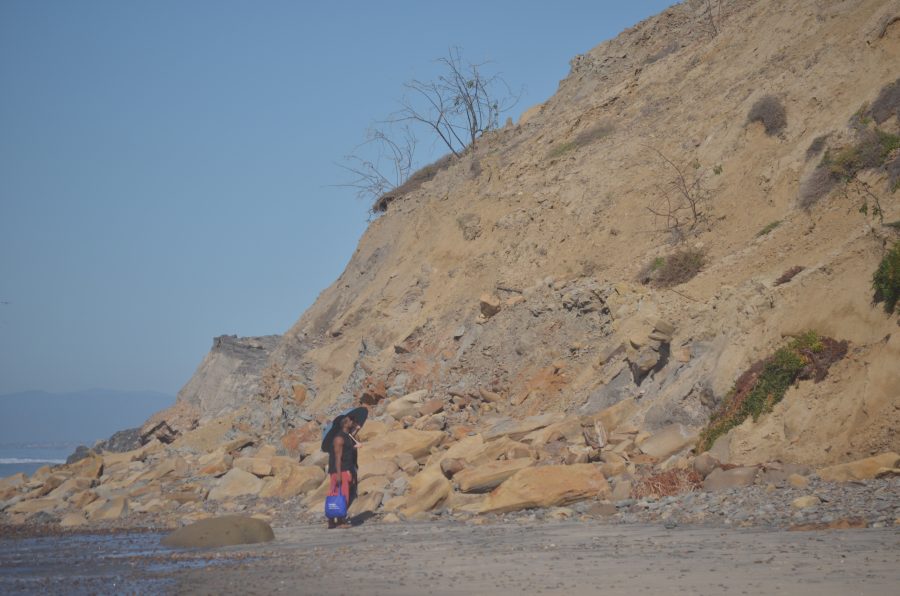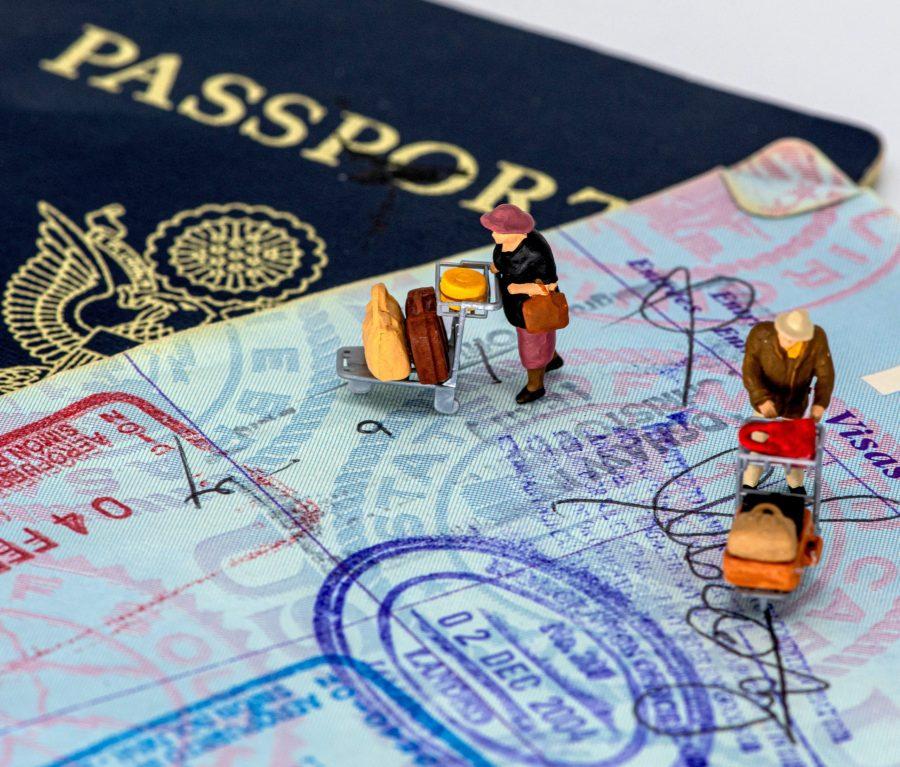Growing up with Buddhist parents meant, among other things, countless childhood hours spent dawdling in activity rooms stocked with rows of Japanese kids movies — strange and colorful pop-cultural artifacts that, for a white suburban kid whose best friend was a Mormon named Lance, may as well have come from another planet. But I watched them — always in awe, sometimes in curious fear — and Miyazaki’s classics made their way into a heavy rotation. There was the sky-bound fantasy epic “Laputa” and the slightly more adult and considerably more violent “Princess Mononoke,” but it was Studio Ghibli’s coming-of-age masterpiece “Spirited Away” that had me floored — though it took me a decade to understand why.
It’s difficult to classify “Spirited Away” (or anything Ghibli, for that matter) as a “cult” film. When it was released back in 2001, it was the highest grossing movie in the history of Japanese cinema. However, at least from the point of view of the Disney-reared American, it does follow much of the cult criteria: It’s gorgeous, foreign, strange and wildly un-mainstream. And for a film primarily about childhood, presumably for children, it is completely devoid of rehashed Disney archetypes (no ultra-delicate females matched to puffy-lipped male counterparts, no evil-for-sake-of-evil villains, no rococo wedding reception finale).
It’d be pointless to try and describe every remarkable nuance of the film here: the complex characters, the perfect score, the expertly crafted fables-within-a-fable, the breathtaking hand-drawn artwork. (I’ll go ahead and blame my recent concentration troubles on a hardcover book of stills from the film that a friend gifted me for my birthday.) But the most salient of “Spirited Away”’s qualities is the fact that it isn’t simply a film about the adolescent experience — it is the experience.
As Chihiro arrives at her new home — after leaving her old friends and school behind — she stumbles into a massive nightmare world filled with dangerous monsters and daunting responsibilities. She has her name literally taken from her, leaving her to construct a new identity in this foreign place while clinging to the memory of her old one. In the meantime, she slowly begins to find that all of the seemingly cruel inhabitants of the ghostly bathhouse are just lonely, self-conscious or themselves without an identity.
And that’s exactly what it’s like when you’re growing up. The world is huge and terrifying and filled with beauty. You’re scared to tears of what might be lurking in the backyard, but the urge to find out is too powerful to resist. Before we learned to so sternly dismiss it, we embraced the unknown, if only out of pure necessity. And so we were constantly in this state of violent transition — be it a new school, new friends, a new haircut, a new hobby. It was bizarre and it was enthralling.
Sadly, now that Studio Ghibli is under the inevitable Disney blanket, the Miyazaki stamp has become less and less distinctive. Recents such as “The Cat Returns” — though not wholly without the occasional visual stunner — have settled for more generic plots and lazy, two-dimensional characters.
The new trailer for this year’s installment, the upcoming “Secret World of Arrietty” based on “The Borrowers,” doesn’t offer much hope for a return to the days of shape-shifting raccoons, suave man-pig fighter pilots and the wonderfully strange spirits who only come out at night.
But we still have the classics. What’s remarkable about a film like “Spirited Away” is how it manages to offer something startlingly new with each viewing. When I was 10, the film was a psychedelic parade of spellbinding worlds and characters. In another 10 years, who knows? For now, it’s a fleeting glimpse of how it felt to be a kid completely in awe of the world, and that’s magic worth preserving.







